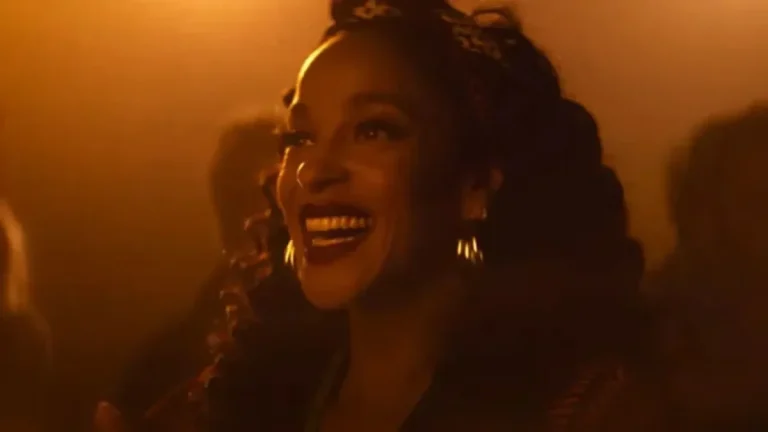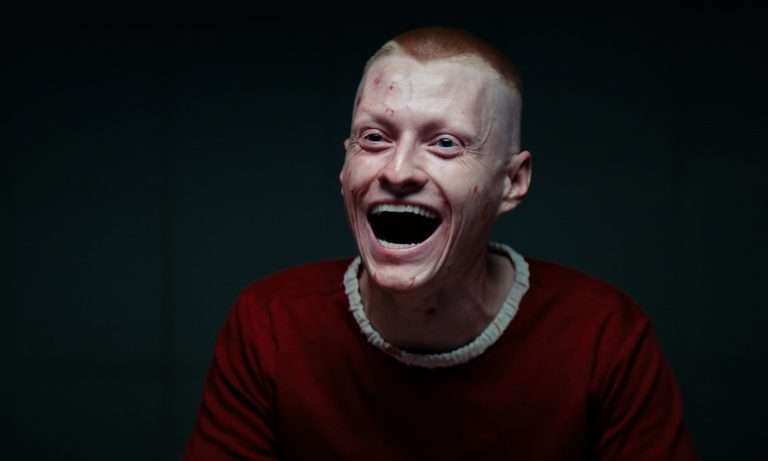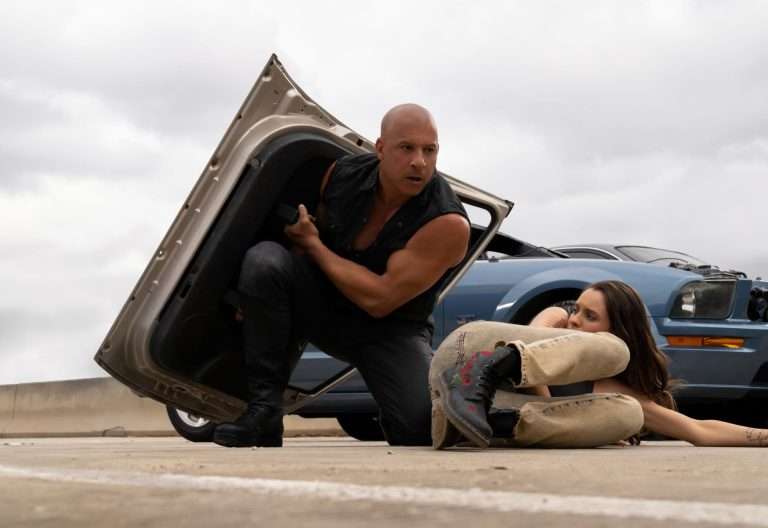Almost 29 years after J. Lee Thompson’s adaptation of John D. MacDonald’s 1957 novel “The Executioners,” Martin Scorsese remade it with Nick Nolte, Robert De Niro, Jessica Lange, and Juliette Lewis, along with guest appearances by Robert Mitchum and Gregory Peck. The last two had played the antagonist and protagonist, respectively, in the original adaptation of the novel. Laws are meant to deliver justice to victims. But when those same laws are twisted by a convict to torment and harass a lawyer, no system of justice can truly bring peace. This unsettling paradox forms the very foundation of “Cape Fear.”
Cape Fear (1991) Plot Summary & Movie Synopsis:
Max Cady (played by Robert De Niro) is released from prison after serving 14 years. Sam Bowden (played by Nick Nolte) was his lawyer, and Cady was convicted of rape. Even though Bowden was his attorney, he deliberately withheld an important file that could have reduced Cady’s prison sentence. Once Cady learns about this betrayal, he sets out to make Bowden suffer.
Cady’s revenge is not simply about anger—it’s about making Bowden feel the same helplessness and torment he endured, mostly the loss. Over the years, Cady has shaped his body into a weapon and sharpened his mind by studying law and feeding on violent ideologies while in prison. His single obsession becomes making Bowden and his family experience unimaginable loss.
What makes Cady go after Bowden?
In 1977, Max Cady was charged with brutally raping and assaulting a fifteen-year-old girl. Sam Bowden initially defended him, but when he discovered the full extent of Cady’s crime, his conscience stopped him from fully representing him. Bowden obtained information about the victim’s promiscuity, which could have cast doubt on her credibility. However, Bowden chose not to bring this up in court, believing that her sexual history did not justify or excuse Cady’s reckless assault. The court found Cady guilty, and Bowden eventually left town.
Six years later, with no lawyer to defend him, Cady was forced to represent himself and learned of the withheld information. Feeling betrayed, he saw Bowden as the man responsible for his lost years. His prison sentence became his training ground, building both his strength and his thirst for vengeance. By the time he was released, Max Cady’s only goal was to make Bowden and his family feel the weight of suffering.
Why was Lori attacked by Cady?
Lori Davis, a law clerk at Bowden’s firm, becomes one of Cady’s first targets. She is infatuated with Bowden, and though Sam Bowden enjoys her company, their relationship becomes an opening for Cady to strike.
By brutally attacking Lori, Cady destabilises Bowden’s personal life and simultaneously ensures Lori will never testify against him—knowing the humiliation of a public trial would ruin her integrity in the eyes of colleagues, family, and friends. This incident also exposes Sam Bowden’s infidelity, something his wife, Leigh Bowden, learns about only after Lori’s assault. The revelation puts Sam in an impossible position: his marriage is in jeopardy, and his family is at risk, both from Cady’s wrath and his own past mistakes. Cady plants Bowden’s fall carefully.
Cape Fear (1991) Movie Ending Explained:
How does Cady make it to Cape Fear?
The name “Cape Fear” refers to the river where the final confrontation of both films reaches its climax. Max Cady realises that Sam Bowden is heading to a different town, Raleigh. He follows the family—wife Leigh Bowden and daughter Danielle Bowden without realising it is a trap. Sam Bowden never actually boards the flight. Instead, he secretly escapes with his family to the Cape Fear River. Cady ties himself to the underside of Bowden’s car and waits until nightfall before launching a surprise attack on Sam Bowden. He then captures Leigh and Danielle.
Cady locks Danielle inside a cupboard and begins to force himself onto Leigh. Meanwhile, Danielle finds lamp oil, a flammable household fuel. When Cady tries to light his cigar, she pours the oil, causing his face to become partially burned. While he is distracted, Leigh and her daughter Danielle leap into the water.
Later, Sam Bowden locks Cady’s leg to a pillar with handcuffs. With no one left to steer, the boat drifts into dangerous waters. As the storm rages with rain and high tides, the boat eventually crashes, pulling Max Cady under. He is sucked into the river, finally defeated, washed away forever from Bowdens. Sam Bowden and his family survive, but the trauma they endured is etched permanently into their memories and forever changes the course of their lives.
How does Cape Fear (1991) differ from Cape Fear (1962)?:
The Affair
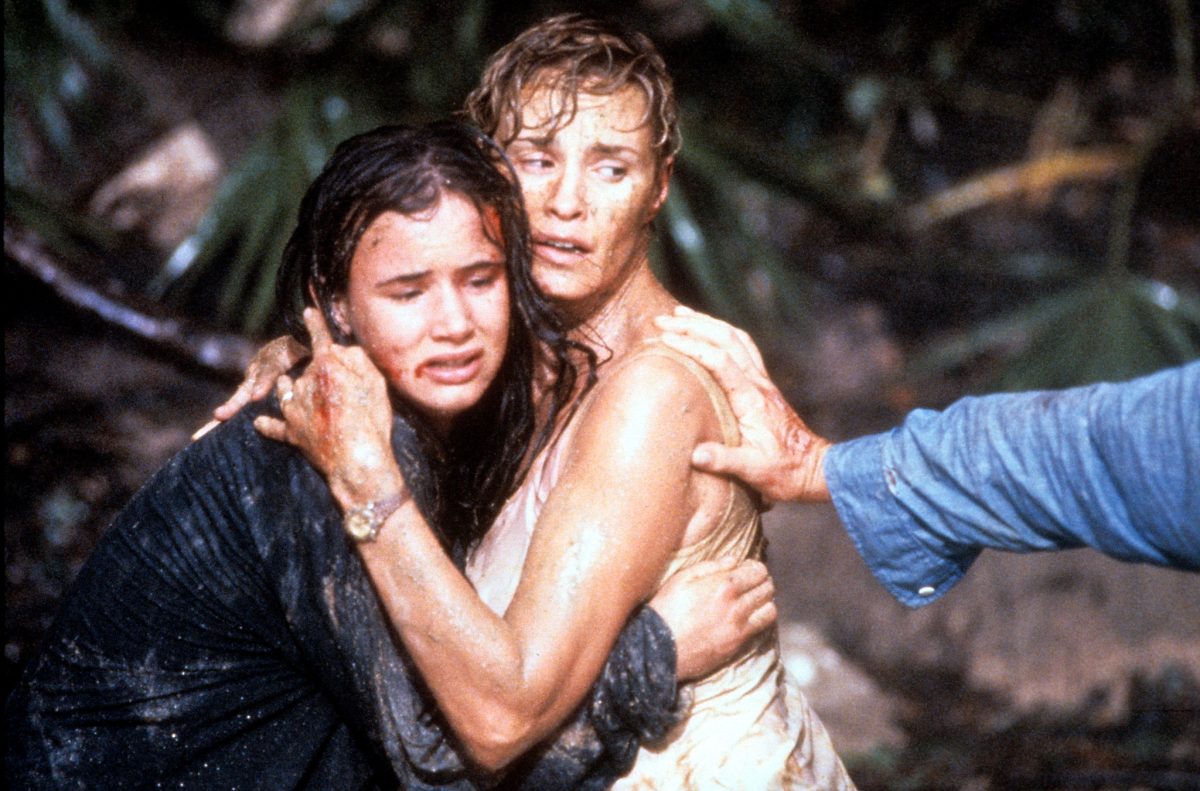
In J. Lee Thompson’s 1962 version, Sam Bowden is portrayed as a loyal family man with no moral blemishes. Diane Taylor (played by Barrie Chase) was a woman of questionable reputation but had no connection to Sam. In Scorsese’s 1991 version, Lori Davis is reimagined as a law clerk, and Sam is revealed to be unfaithful.
This change paints him as a flawed character, making the story darker and more morally complex. Where the original portrayed Bowden as principled and selfless, the remake presents him as compromised, a man with a shadowed past who still wants to protect his family. In both versions, however, Sam is never entirely selfless—his motivations remain as much about his own survival as his family’s.
Encounter between Cady and Danielle
In the 1962 film, Bowden’s daughter is named Nancy. Her encounters with Cady are filled with sheer terror—particularly the sequence where she sees him outside her school and runs desperately, only to fall into his arms. Nancy is portrayed as fragile and terrified throughout. In Scorsese’s version, Danielle (played by Juliette Lewis) is more rebellious and curious.
As an adolescent, she resists her parents’ authority and even develops dangerous fantasies about Cady. The tense school theatre scene, unique to the 1991 film, explores this unsettling dynamic. Cady manipulates Danielle’s curiosity and attraction, creating a different layer of suspense that is far more psychological and unnerving than the original.
Other changes
Most of the film mirrors the 1962 version, but with more expansion rather than mere extension. Scorsese gives certain scenes additional screen time to heighten the thrill and anxiety. Renaming characters is one of the most noticeable changes, and the addition of the maid, absent in the original, has relatively little impact here. The final hand-to-hand combat from the 1962 version is not portrayed with the same intensity in Scorsese’s remake.
Since Sam is fundamentally a family man, engaging in a brutal physical fight with the unhinged Cady would not seem believable. The 1991 crew instead chose to depict Sam as struggling through the fight but ultimately outsmarting Cady rather than overpowering him. In Thompson’s original version, Cady’s interest is directed primarily at Nancy, Sam’s daughter. In Scorsese’s version, however, Max Cady’s obsession is less clear. His intentions remain ambiguous until Leigh hints at a connection she shares with Cady, something she likely says only as a desperate attempt to protect her daughter.
The End
In this version, Scorsese adds a haunting narrative device: Danielle’s perspective. The film opens with her voice-over reflections on the mystifying Cape Fear River, and the film ends with her sombre realisation of how the events changed her forever. In the beginning, we see the world through Danielle’s vibrant, curious, youthful eyes. By the end, those same eyes reveal fear and trauma, signalling how deeply scarred she is.
Her words—if we hang onto the past, we die a little every day; but she assures that she wants to live instead. In the original version, Thompson ends the film with Cady being caught, accompanied by Sam Bowden’s voice-over. Instead of killing Cady outright for all the trauma he inflicted, Bowden declares that he would rather see him spend the rest of his life in prison. Scorsese instead kills the monster in this, to give some sort of relief to the audience after experiencing the extended threat and harassment inflicted on the Bowden family.




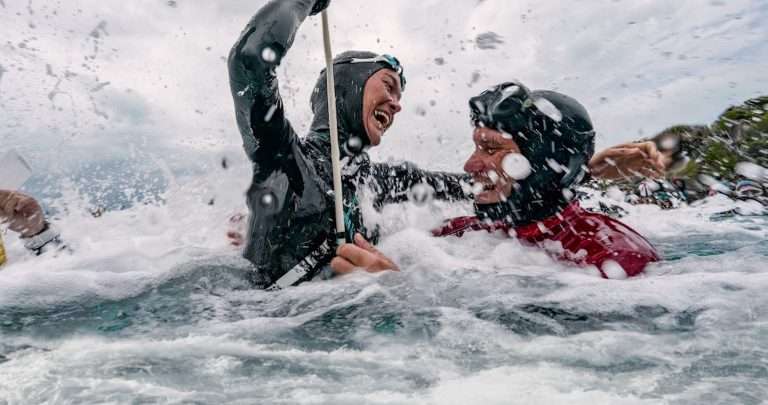
![Starfish [2019] Review: A listless monster-film treading on the aftermaths of Grief](https://79468c92.delivery.rocketcdn.me/wp-content/uploads/2019/03/starfish-1-768x322.jpg)
